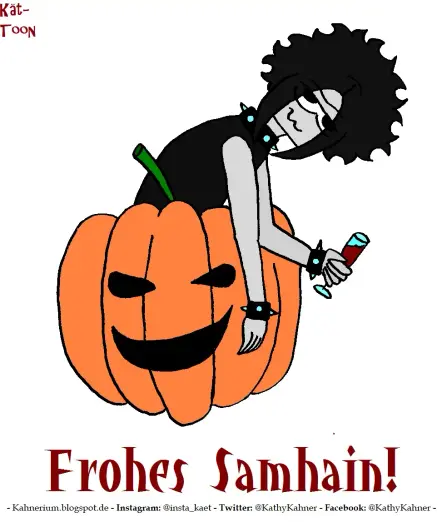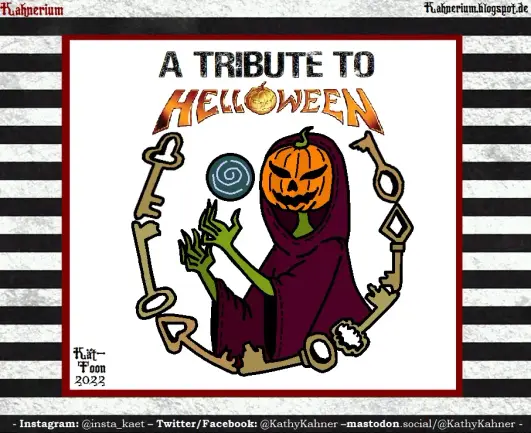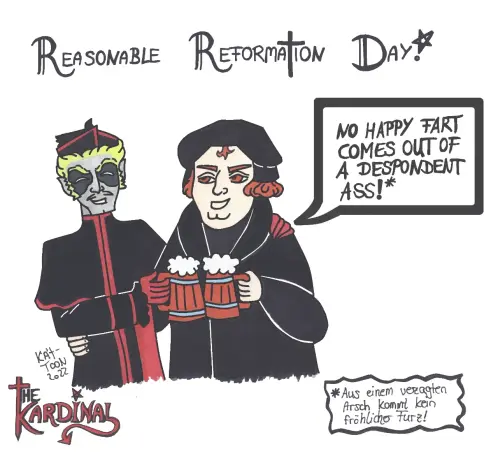#ReformationDay
#ReformationDay
In recent decades, some scholars called the founding story a myth.
Then, in 2006, discovery of a contemporaneous archival reference seemed to lend credence to the story of the nailing of the 95 Theses to the church door--though perhaps not by Luther himself
5/7
#Halloween is also #ReformationDay.
In contrast to Oberman, Richard Marius, in _Martin Luther: The Christian Between God & Death_ (1999), explains the nature of the historical controversy over the truth of the tradition that Luther posted the 95 Theses OTD 1517.
4/7
#Halloween & #Reformation Day
When Martin #Luther nailed his 95 theses to a church door in Wittenberg--or did he?
Heiko Oberman, in Luther: Man Between God and the Devil_(1982; English 1989), adheres to the traditional Story of The 95 Theses. #ReformationDay #ReformationsTag
3/7
I am celebrating #ReformationDay with this sticker I spotted recently in the lovely city of Heidelberg. #histodons
Salutations, my mischievous bats!
I wish you an exquisite the 31st of October.
Whether you're celebrating #Halloween, #Samhain, #ReformationDay or simply #Casanova's escape from prison. 🎃
You can enjoy my #HalloweenPlaylist:
https://youtube.com/playlist?list=PLiBSWRz6Jj_ol03gNtgM2LB2HZNk0VveU&si=Qs1ORPANRrUw6utv
Is there a song you're missing?
In this spirit:
Happy Halloween!
A splendid Samhain!
A reasonable #Reformation Day!
Or a exquisite escape from prison by Casanova day!
Gruesome Greetings
Your Kät🦇
Oh!
And have a reasonable #reformationday, my dear protestants.
Since you are unbelieving #heretics in the eyes of the #CatholicChurch, you are just as welcome to me.
#KätToon #TheKardinal #Reformation #Reformationstag #Satire #MartinLuther #DefinitelyNotADemonMasqueradingAsACardinalToInfiltratingTheCatholicChurch
"A pagan doesn't need to know that they're a pagan, one might say — even if their adversary does."
Reformation Day Vs. Halloween: October 31
https://hyperallergic.com/961521/the-battle-between-halloween-and-reformation-day/ via Hyperallergic
Image: Piero di Cosimo via Koninklijke Brill online
#ReformationDay #Reformation #Protestantism #Protestant #Halloween #Paganism #Pagan #Europe #Art
Things October 31 is besides #Halloween: #Reformation Day, celebrating the date in 1517 when Martin #Luther nailed his 95 theses to a church door in Wittenberg--or did he?
n contrast to Oberman, Richard Marius, in _Martin Luther: The Christian Between God & Death_ (1999), explains the nature of the historical controversy over the truth of the tradition that Luther posted the 95 Theses OTD 1517. #ReformationDay 4/8
4/n
Things October 31 is besides #Halloween: #Reformation Day, celebrating the date in 1517 when Martin #Luther nailed his 95 theses to a church door in Wittenberg--or did he?
Heiko Oberman, in _Luther: Man Between God and the Devil_ (1982; English 1989), adheres to traditional Story of 95 Theses. #ReformationDay 3/n





